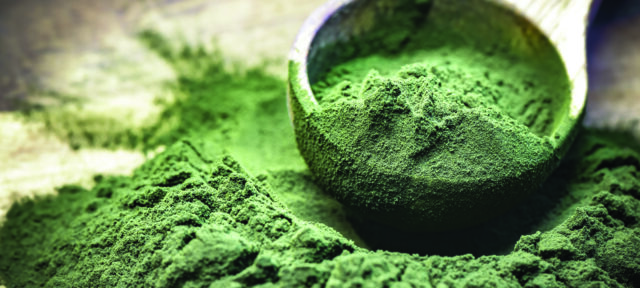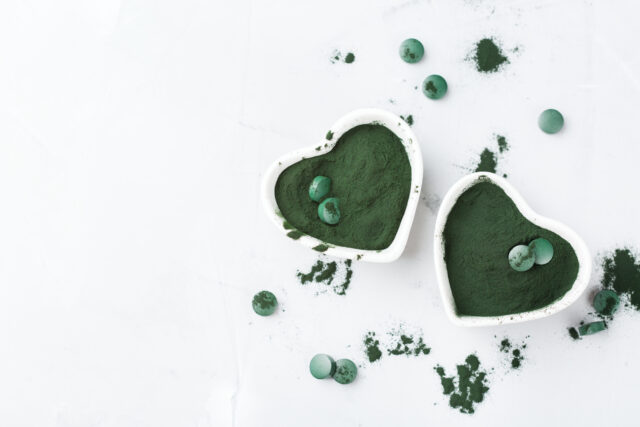
By Tapp Francke Ingolia, MS and Jeffrey A. Morrison MD, CNS
With greenhouse gases on the rise and our climate slowly warming, it makes sense to cultivate sustainable protein options other than meat. The world’s appetite for meat has already had devastating ecological consequences: Greenpeace reports that the livestock industry is responsible for 14 percent of greenhouse gas emissions worldwide. Seventy-five percent of our agricultural land is devoted to raising livestock. A shocking 80 percent of the deforestation of the Amazon rain forest can be attributed to clearing land for cattle.
So, what do we do? For some, the answer is to eat no meat at all. Others opt to be more meat-aware—this means choosing meat wisely, just a small amount with meals, and turning to the plant world for other protein sources. Twelve to 20 percent of the human diet needs to be protein, which can get complicated when we depend on plant-based sources. Because it provides a complete set of amino acids, meat is considered a complete protein. Most plant-based sources contain only some of the amino acids the body needs. Of the 20 amino acids used by the human body, our bodies can produce just 11; the other nine must be acquired from food. If we are missing just one of these amino acids, the body is unable to build crucial protein structures like muscles, hair and red blood cells. If plant foods like beans, grains, nuts and seeds provide an incomplete source, relying on them for protein means possibly missing out on critical amino acids.

Enter algae, one of the few plant-based foods that offers a complete protein. Algae has been cultivated as a food source for centuries. Macroalgaes find their way into our diet in the form of seaweed salads, sushi rolls and nori snacks. Microalgaes like agar are commonly used as binders in processed foods. The highest level of protein in any algae can be found in spirulina, a blue-green microalgae and one of the most nutrient-dense foods on the planet. Rich in vitamins A, B, E and K as well as minerals like calcium, magnesium and iron, and a significant source of omega-3 fatty acids, spirulina brings a lot to the table, providing 8 grams of protein in just 2 tablespoons. When added to a smoothie, mixed with water or blended into oatmeal or chia seed pudding, this powder packs a nutritional boost. Astronauts have it added to their food when they are in space to get a nutrient upgrade.
The best part? Cultivation of spirulina requires very little land. Cattle require 1,550 square feet of land to produce 2.2 pounds of protein, compared with microalgae’s 27 square feet. The production of the mighty algae does not add to our carbon footprint. Spirulina grows quickly, efficiently and without any greenhouse gases. Algaes are aquatic, so water quality is an important consideration. Make sure to look at the Certificate of Analysis (COA) to ensure that the algae is pollutant-free. Whether you’re a vegetarian in search of a complete protein source, or an omnivore looking to reduce meat consumption without sacrificing amino acid quality, spirulina is a good choice. STANDwellness.com



